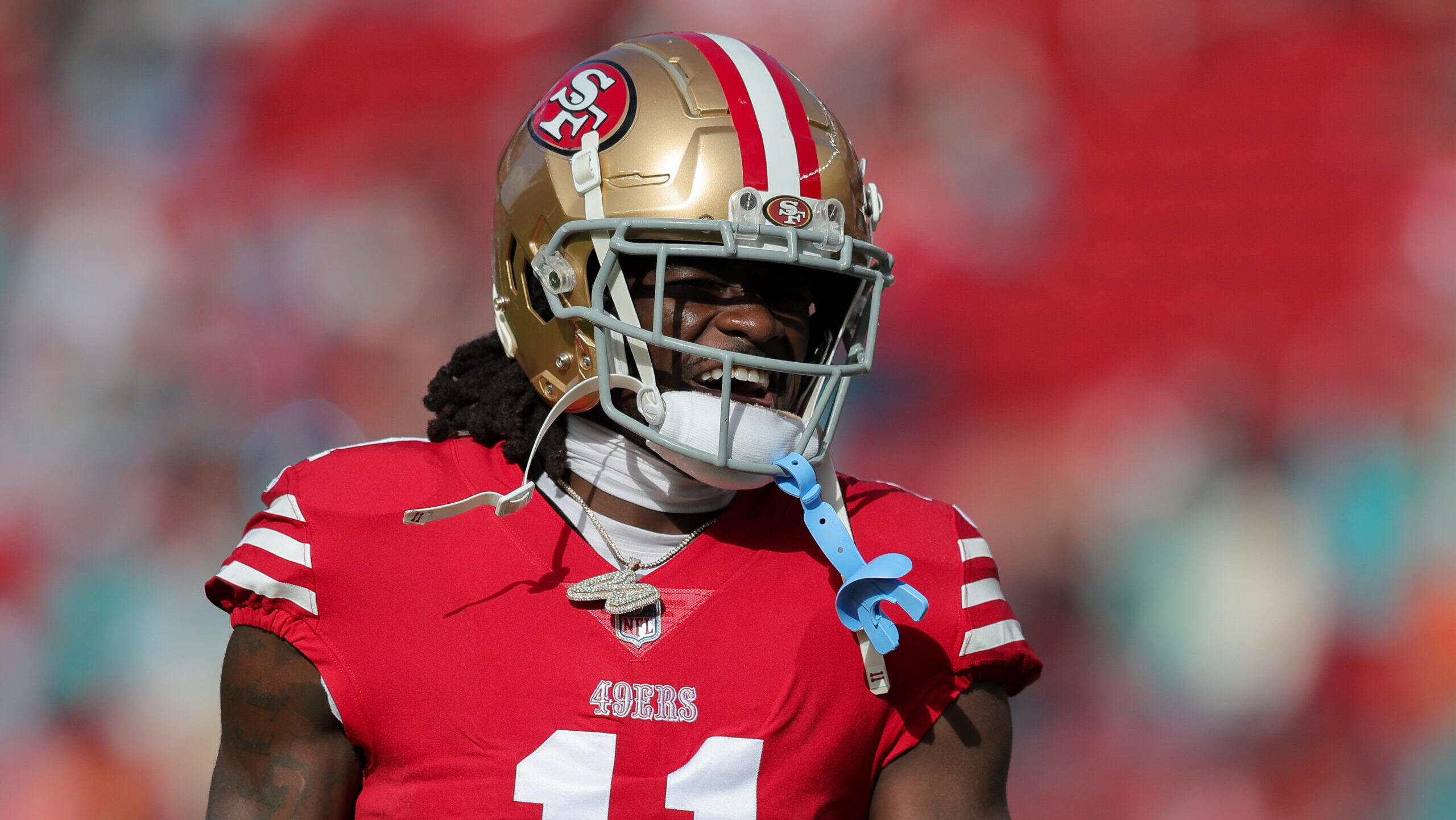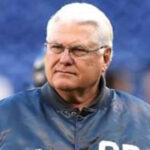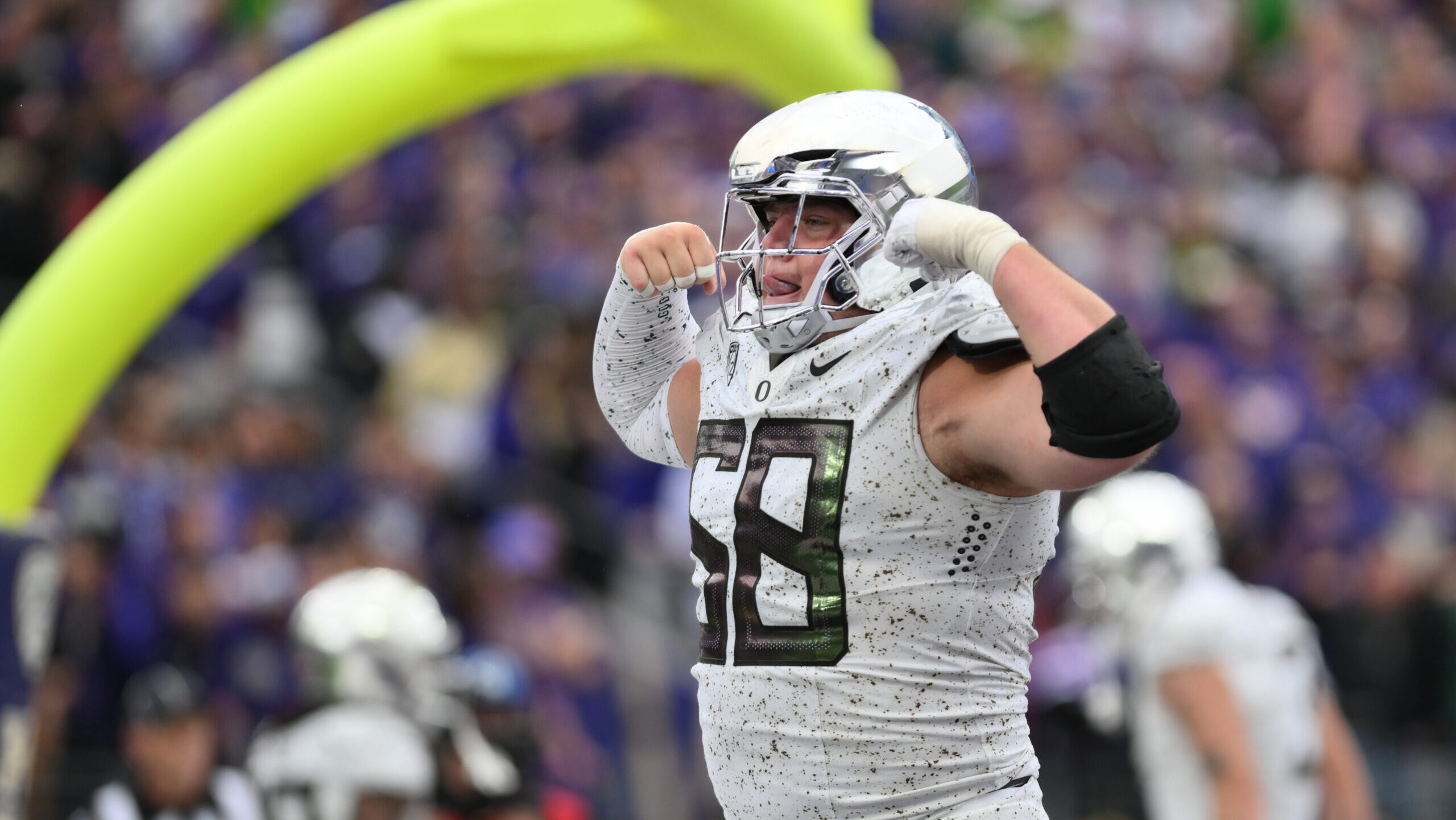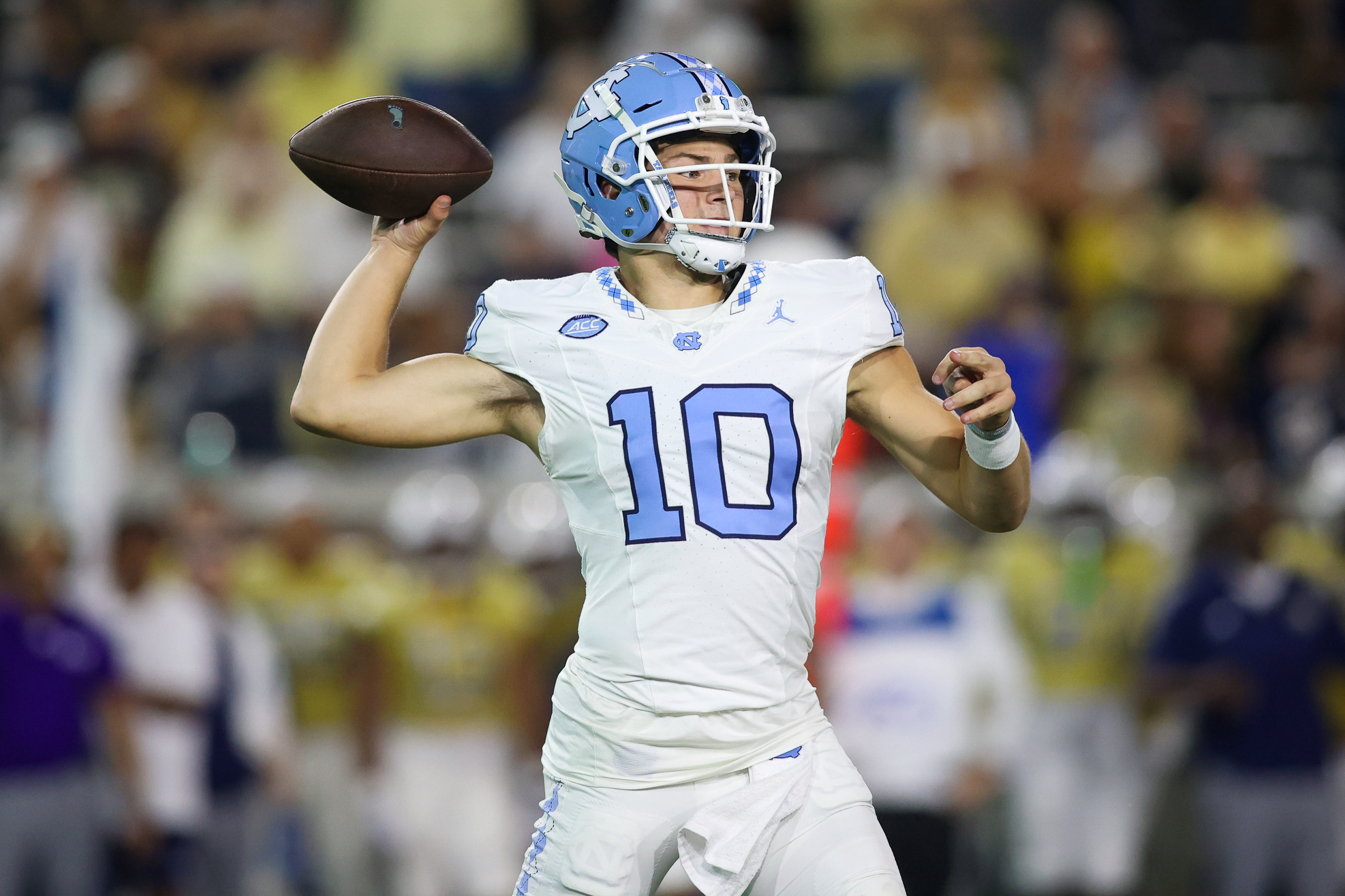Analysis
5/8/22
6 min read
Successful Franchise Quarterbacks Must Have the Right Nature and Nurture

The quarterback position is clearly the most important position in the draft. Teams spend every offseason evaluating the performance of their quarterback and whether or not they can find an upgrade with a fine-tooth comb.
Those who question whether they have a capable franchise quarterback will spend the offseason trying to gain one through free agency or trade, and those who do not have success in that regard will look to the draft.
Narratives about quarterback draft classes start during the college football season. Mark Sessler created a ranking of quarterback draft classes from 2000-2021, and the top two classes included 1983 and 2004. Those drafts featured John Elway, Dan Marino, and Jim Kelly (1983), and Eli Manning, Phillip Rivers, and Ben Roethlisberger (2004). These classes included six Super Bowls and three Hall of Famers.
But there are other classes that have shown their value during their rookie season or much later. The class of 2020 is ranked as the No. 7 class. This class includes Joe Burrow (No. 1 pick overall, 30 regular season starts, four playoff starts, Super Bowl runner up), Jalen Hurts (53rd pick overall, 20 regular season starts, one playoff start), Justin Herbert (6th pick overall, 32 regular season starts), and Tua Tagovailoa (5th pick overall, 21 regular season starts).
The darlings of this draft coming in were Burrow and Tagovailoa. Some had questions about Herbert’s quiet leadership style, but he has shown through his performance that he is a franchise quarterback. There were questions about Hurts and whether he could manage an NFL offense, and yet he led the Philadelphia Eagles to the playoffs.
The 2011 class is ranked No. 10 by Sessler, which included Cam Newton (No. 1 pick overall, 144 regular season starts, 7 playoff starts, MVP, Super Bowl runner up), Andy Dalton (No. 35 overall pick, 148 regular season starts, 4 playoff starts), and Colin Kaepernick (No. 36 pick, 58 regular season starts, 6 playoff starts, Super Bowl runner up).
There were three other quarterbacks taken in the first round before Dalton and Kaepernick — Blaine Gabbert, Christian Ponder, and Jack Locker.
Ponder and Locker were out of the NFL after five seasons. The science of drafting a franchise quarterback is inconsistent and begs the question: is it about nature, the quarterback's physical and mental capabilities, or nurture, the culture of the organization?
The 2014 draft class is ranked No. 12, and Blake Bortles was the first quarterback taken in the draft by the Jacksonville Jaguars (#3 overall) whose dysfunction has been well documented since firing Tom Coughlin in 2002. Meanwhile, the New England Patriots used the No. 62 overall pick in the 2nd round to select Jimmy Garoppolo. It was a move that was believed to be insurance if Bill Belichick were to move on from an aging Tom Brady. Garoppolo played three seasons for the Patriots, going 2-0 in 2016 before suffering a season ending injury. He was traded in the offseason of 2017 to the 49ers and led them to the Super Bowl in 2019.
Read: Has Tom Brady Had a Hall of Fame Career Just Since Turning 40?
Another Eastern Illinois quarterback by the name of Tony Romo went undrafted by the Dallas Cowboys after winning the Walter Payton Award in 2002. His head coach was Bill Parcells, and the offensive coordinator was Sean Payton. Romo spent two seasons on the Cowboys practice squad. In 2004 he became the backup quarterback to Vinny Testaverde. In 2005 Drew Bledsoe was signed to be starter, and in 2006 on Monday Night Football, Romo replaced Bledsoe at halftime and became a Pro Bowl-caliber player.
Marc Bulger (96 games) and Brady (318 games) were both drafted in the 6th round of the 2000 draft, the No. 13 ranked class. Four quarterbacks went before Bulger (Pennington pick No. 18, Giovanni Carmazzi pick No. 65, Chris Redman pick No. 75, Tee Martin pick No. 163) while Spergon Wynn (pick No. 183) went between Bulger and Brady. Many would suggest Brady’s nature would have led him to success in any situation, but the nurture he received backing up Bledsoe and under the tutelage of Belichick likely had a significant impact on his career.
When looking at the 2000 and 2014 draft classes, one can’t help but ask “what if?”
Bulger and Brady got to spend five-plus years under one franchise and one head coach. Pennington is the only other quarterback in the 2000 draft who received that opportunity. Three months before the 2000 draft, Tee Martin led the Tennessee Volunteers to an undefeated season and national championship. When the Steelers picked him in the 5th round of the 2000 draft, they had Kordell Stewart at quarterback, who had led them to the AFC championship two years before. Did the Steelers draft Martin because they felt he could be their next Kordell Stewart? How would the former national champion have benefited from being nurtured by a stable franchise like the Steelers? Instead, he was traded to the Raiders in 2003, which was his last year in the league.
There were three quarterbacks taken in between Bortles and Garoppolo in 2014: Johnny Manziel (pick No. 22 overall) Teddy Bridgewater (pick No. 32 overall), and Derek Carr (pick No. 36 overall). Carr has the most regular season starts (127), while Garoppolo has the most playoff starts (six). Second in both of those categories is Bortles at 73 regular season starts and three playoff starts. What if Bortles had gone to the Vikings, who kept Mike Zimmer for eight seasons, and went on to win the division in 2015? What if he had gone to the second round and was taken by the Patriots and been nurtured by Belichick and McDaniels with Brady as his role model?
There is a common disbelief that the 2022 draft, like the 2014 draft, does not include a “can’t miss day one starter.” But do we really know that before they have been drafted or played a game?
Coaching matters. Successful coaches bring structure. Quarterbacks, no matter how talented, cannot reach their potential in a chaotic environment. Drafting a quarterback is about how well an organization nurtures that individual. Nurturing a quarterback means that everyone in the organization understands what the quarterback needs to be successful. If we go back to the top two classes of Sessler’s rankings (1983 and 2004), we will see that although these quarterbacks were extremely talented physically, they were selected by organizations who had a plan for their talent.







